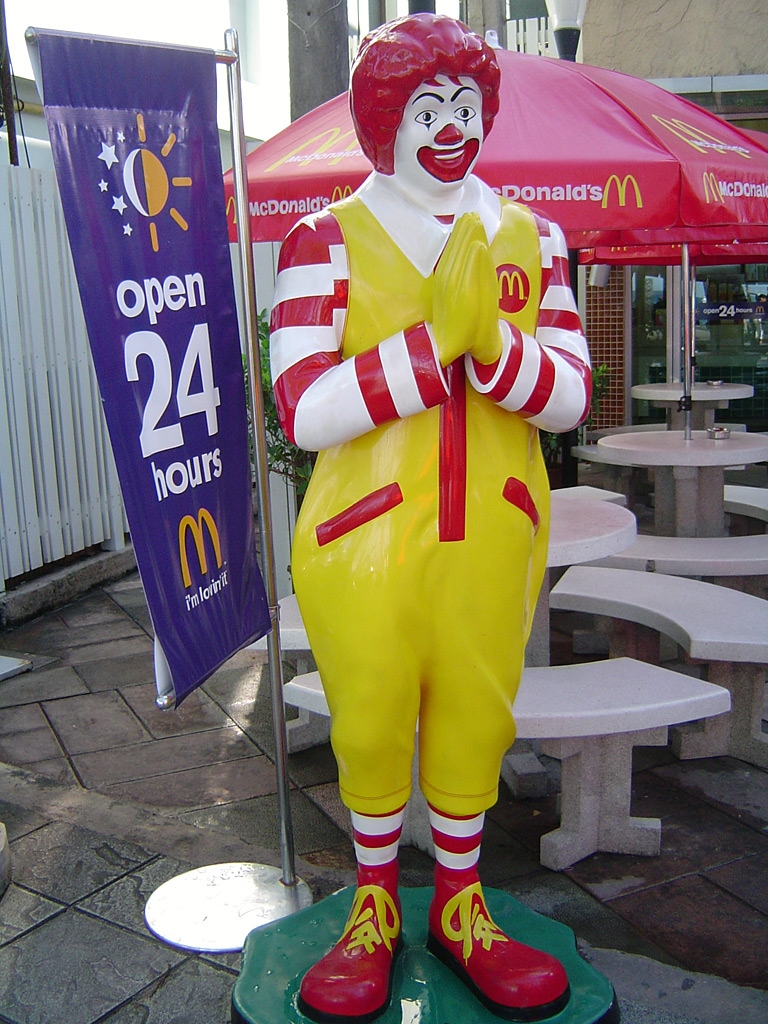With mounting fears of the fast spread of the coronavirus nCov, the humble handshake is under attack by scientists and the government who are advising the public to avoid the common handshake to curb the spread of the disease. According to MOH’s website: “As a general good practice, we advise people not to shake hands during this period, but adopt alternative greetings.“
But how else can you greet people other than handshakes? There are healthier alternatives provided by a study in the American Journal of Infection Control. The research also indicates that a wimpy shake spreads less virus than the firm grip.
In light of this handshake-free period, here are some “healthier” alternatives you can greet people with:
The fist bump

A classic greeting that’s recommended by the American Journal of Infection Control. If you don’t want any hand-to-hand contact, look further below.
The elbow (or forearm) bump

While the original version (which was implemented during the bird- and swine flu pandemics) calls for bumping of the elbows together, a variant is the forearm bump, where two people bump their arms (somewhere between their elbows and hands) together.

The Spartan shake
You may have seen this manly shake in movies like Gladiator, in which the parties grasp each other’s forearm. It was a greeting among gentlemen in the ancient Western world until the end of the 5th century AD. Originally, it had something to do with checking for daggers hidden up sleeves, but these days it’s a good way to avoid touching someone else’s sweaty hands.

Of course, if we’re advised not to touch the other party, there are many other ways to greet people.
The standard wave
The best way to greet friends and folks you already know, and the best way to avoid any contact whatsoever.

The Muslim greeting
A common modified greeting practised widely across Singapore’s mosques, it’s called the ‘mufti salam’ (coined by Masagos Zulkifli, Minister-in-charge of Muslim Affairs) where one places their hand on their chest to convey their greetings.
The Japanese bow
While not common here, it’s a standard greeting in Japan or among the Japanese. An easy variant of this is to just nod your head to acknowledge someone – which is also a commonly accepted greeting in professional settings.

The wai or namaste
You can also greet friends with the wai or namaste in which you place both your palms together as if in prayer.

During this period of uncertainty, it may be best to avoid handshakes for a while, but if you do have to make contact, hopefully some of these will lessen the impact of viral transmission.











